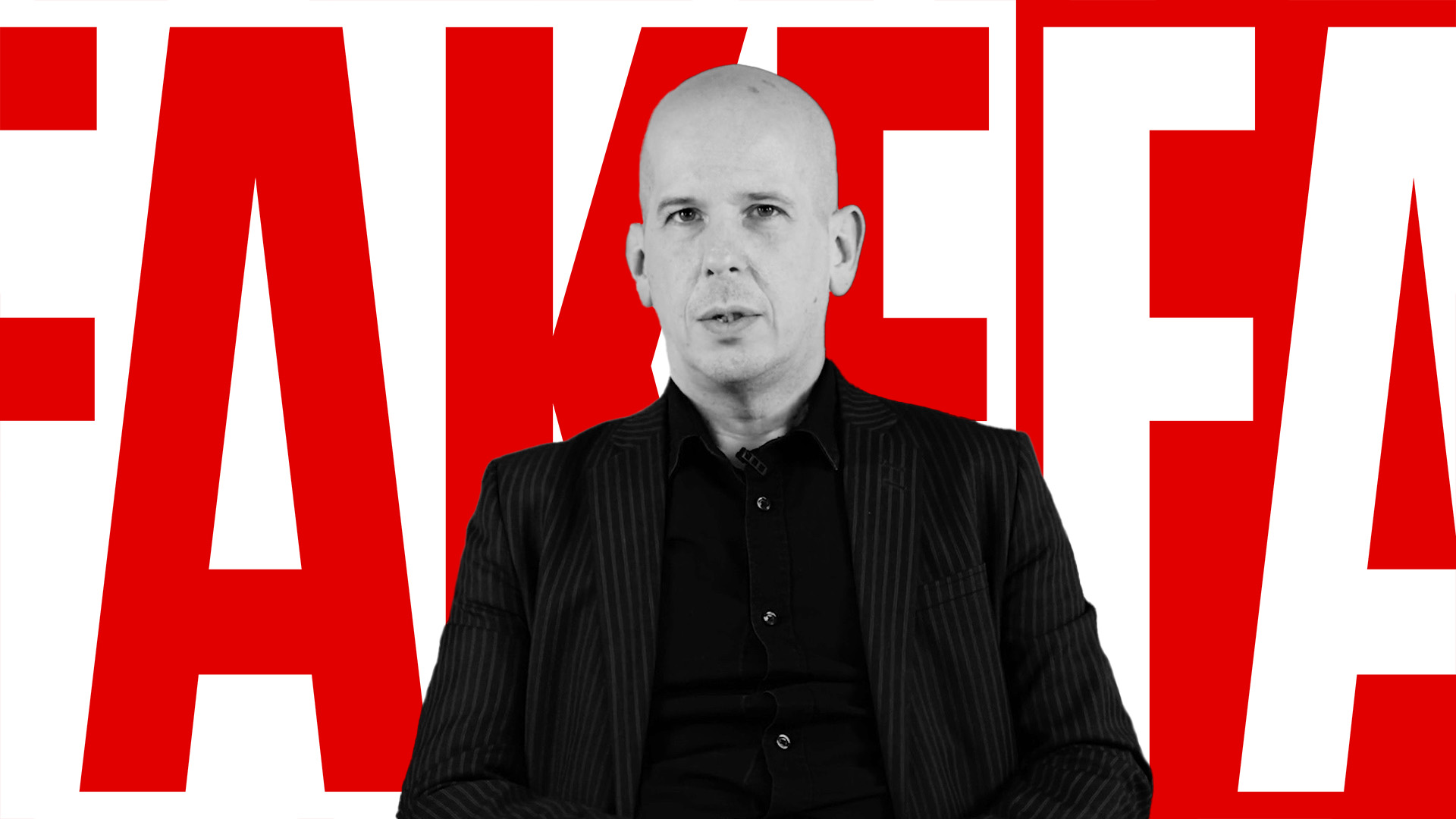Knowledge
What are the differences and commonalities between older and current conspiracy theories?
Today, conspiracy theories take place in the margins of public discourse. This has not always been the case, because the presence and significance of conspiracy theories in a given society is directly linked to social conditions and depends on who gets to define knowledge. Before the invention of the letterpress in the 15th century, when knowledge was not widely disseminated, the Catholic church had a monopoly on information. In the 16th century, knowledge was still only available to the few. Theories of secret machinations were constructed by privileged elites who could read and write. These theories also represented established knowledge. In the time of the natural philosophy of Friedrich Wilhelm Schelling in Germany around 1800, the divine and absolute stood behind natural phenomena such as drought and flooding, thunder and lightning.
As late as the 19th century, illness was explained by the ancient idea that so-called miasmata (ancient Greek: miasma, English: pollution), that is “rotten matter,” could waft through the air, causing illness. This is comparable to a conspiracy theory in today’s sense. Illustrations can be found from the time that depict cholera as death descending from the clouds upon “victors and vanquished alike” (fig. 1). This idea only changed in 1858 with the invention of cellular pathology by Rudolf Virchow (1821–1902), who identified changes in cellular structures as an important causal factor in disease.
Anthroposophists like Rudolf Steiner (1861–1925) believed that illness comes from abnormalities in the vital forces, which are found in the so-called ethereal body. Fever, he claimed, could help children assert themselves in the environment. However, vaccinations prevent the body from developing its own natural vital forces. This is the reason why some supporters of Steiner’s teachings and his Waldorf education, as well as people who hold esoteric beliefs, reject vaccination. The idea that humans have to struggle against their environment and that only the strongest endure is connected to the 19th-century pseudo-scientific discipline of eugenics. During the Nazi period, eugenics led to so-called racial hygiene. Central here was the so-called Law for the Prevention of Genetically Diseased Offspring, enacted in 1933, and the subsequent “euthanasia” – murder – of mentally ill or non-neurotypical people.
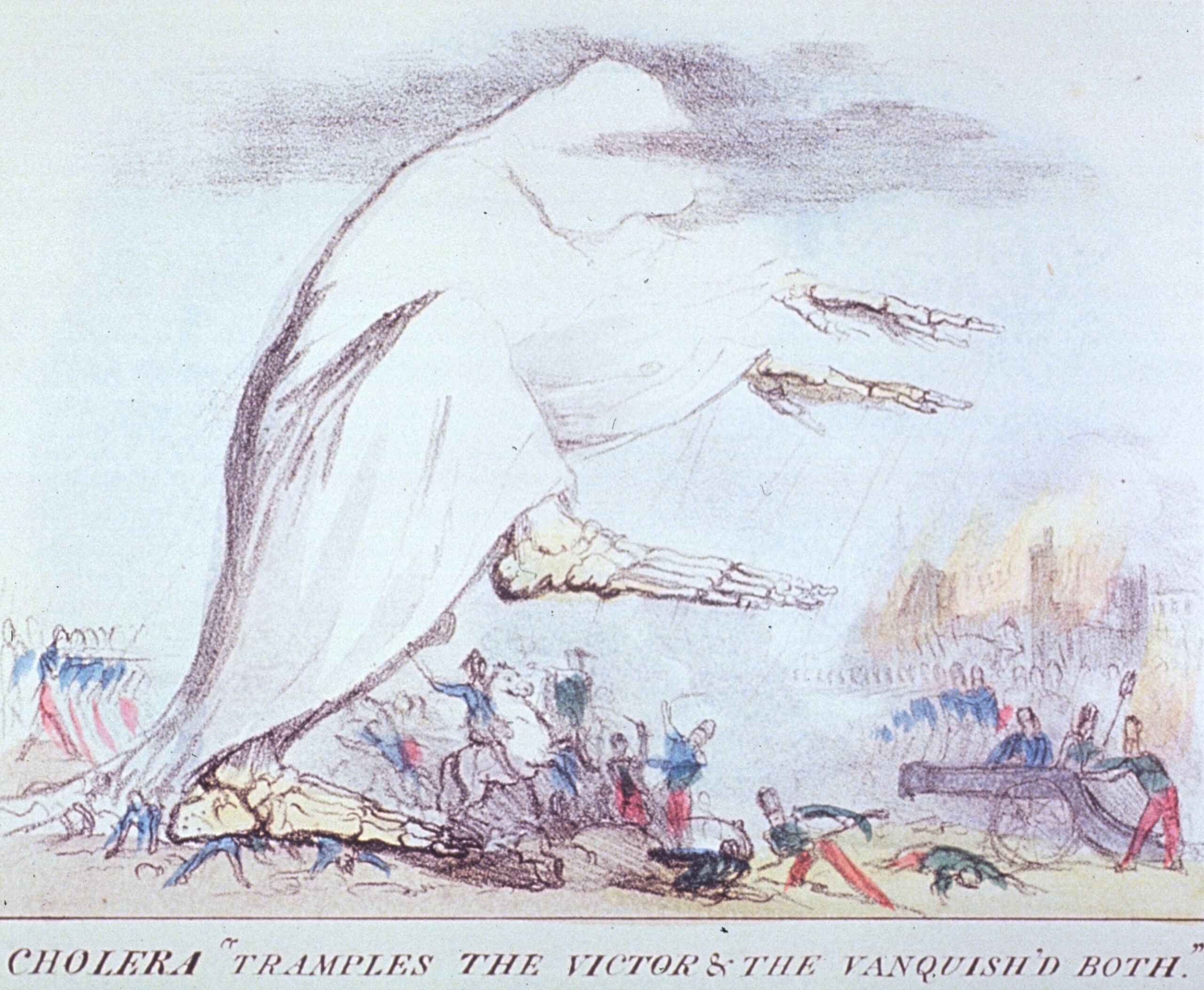
Fig. 1
Robert Seymour: “Cholera. Tramples the Victor & the Vanquish’d Both,” color lithograph, 1831, U.S. National Library of Medicine, Digital Collections, 2021,
https://collections.nlm.nih.gov/catalog/nlm:nlmuid-101393375-img
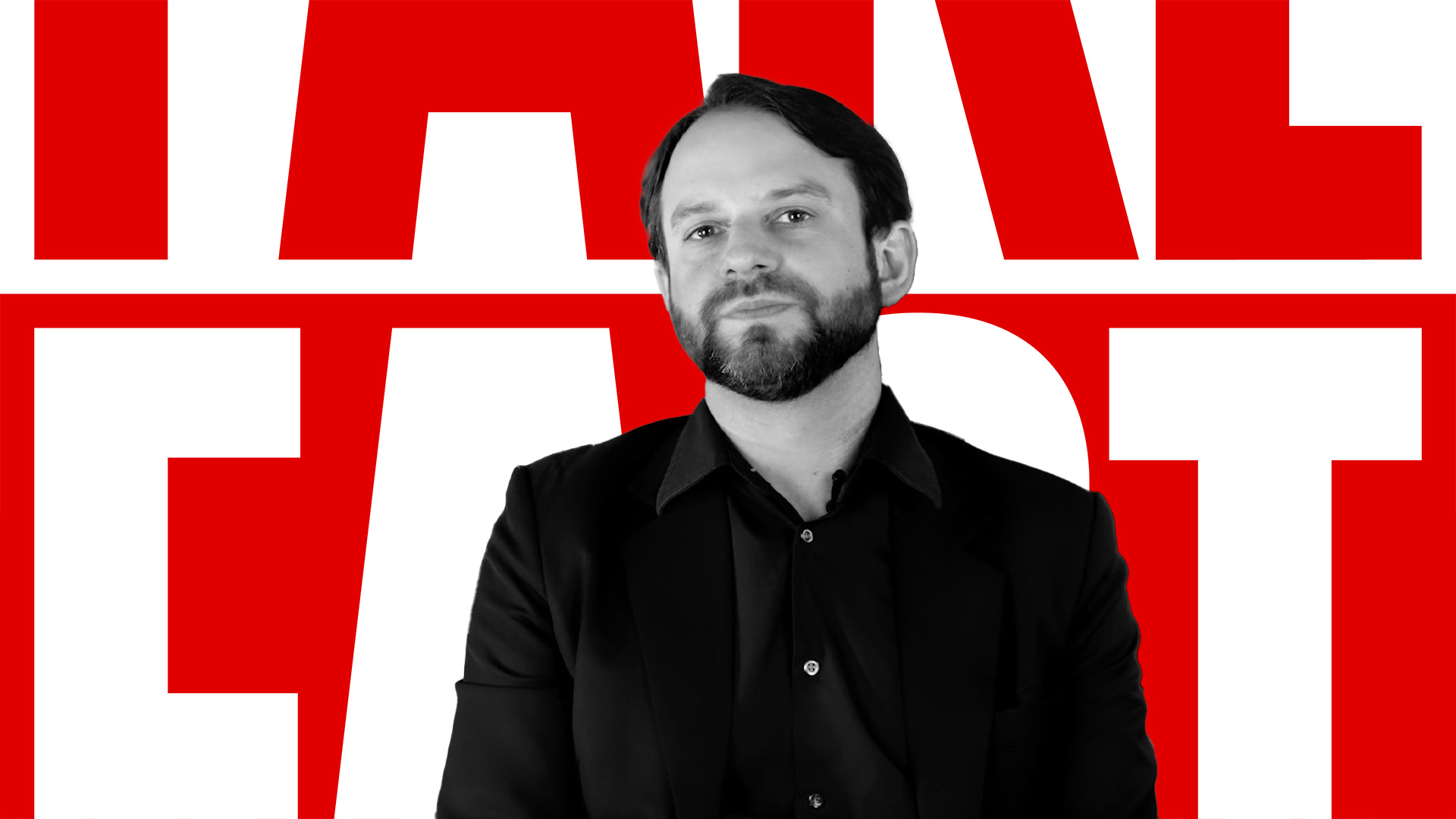
Do the sciences tell the truth?
The sciences were once deeply informed by ideology. In colonial times, medicine commonly used methods that were racist and sometimes violated human rights. This can be shown in the work of Robert Koch, for example, who did his research on narcolepsy by testing the arsenic-containing remedy Atoxyl on people living on the Ssese Islands in Lake Victoria. He injected it in high doses and accepted the consequences: side effects for many people were pain, blindness and death. At the same time, work done by the so-called racial sciences – physiognomic testing in which individuals were classified and debased in accordance with a racial ideology – had been booming since the 19th century. This work was the ideological breeding ground for racial antisemitism during the Nazi period. Back then, antisemitic conspiracy theories belonged to established knowledge, and the Nazi authorities spread them through newspapers, pamphlets, radio, and cinema as well as through numerous propaganda and art exhibitions such as “The Eternal Jew” (fig. 2 and 3) and “Degenerate Art” in 1937. The exhibitions were intended to show that “the Jews,” “the freemasons” and “the Bolshevists” were conspiring together. Jewish artists were defamed as “anti-German” and modern art was denigrated.
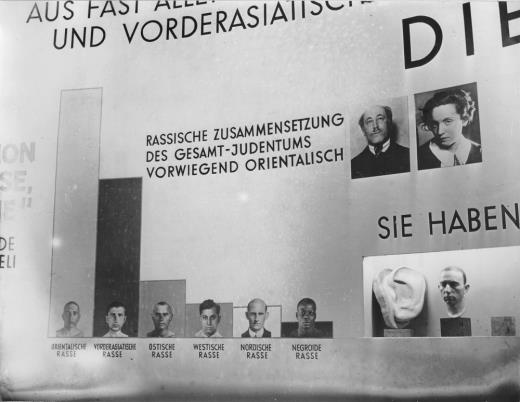
Fig. 2
Exhibition “The Eternal Jew” in the library building of the Deutsches Museum, November 1937, Stadtarchiv München, DE-1992-FS-NS-00115

Fig. 3
Horst Schlüter: Poster for the exhibition “The Eternal Jew. A Great Political Show at the Library Building of the German Museum in Munich,” lithograph, 1937, Stadtarchiv München, DE-1992 PL-16265
The person depicted as the “eternal Jew” embodies Western capitalism and Soviet Bolshevism at once. Developed as a traveling exhibition, the show opened on November 8, 1937 at the Deutsches Museum in Munich. It served to spread antisemitism.
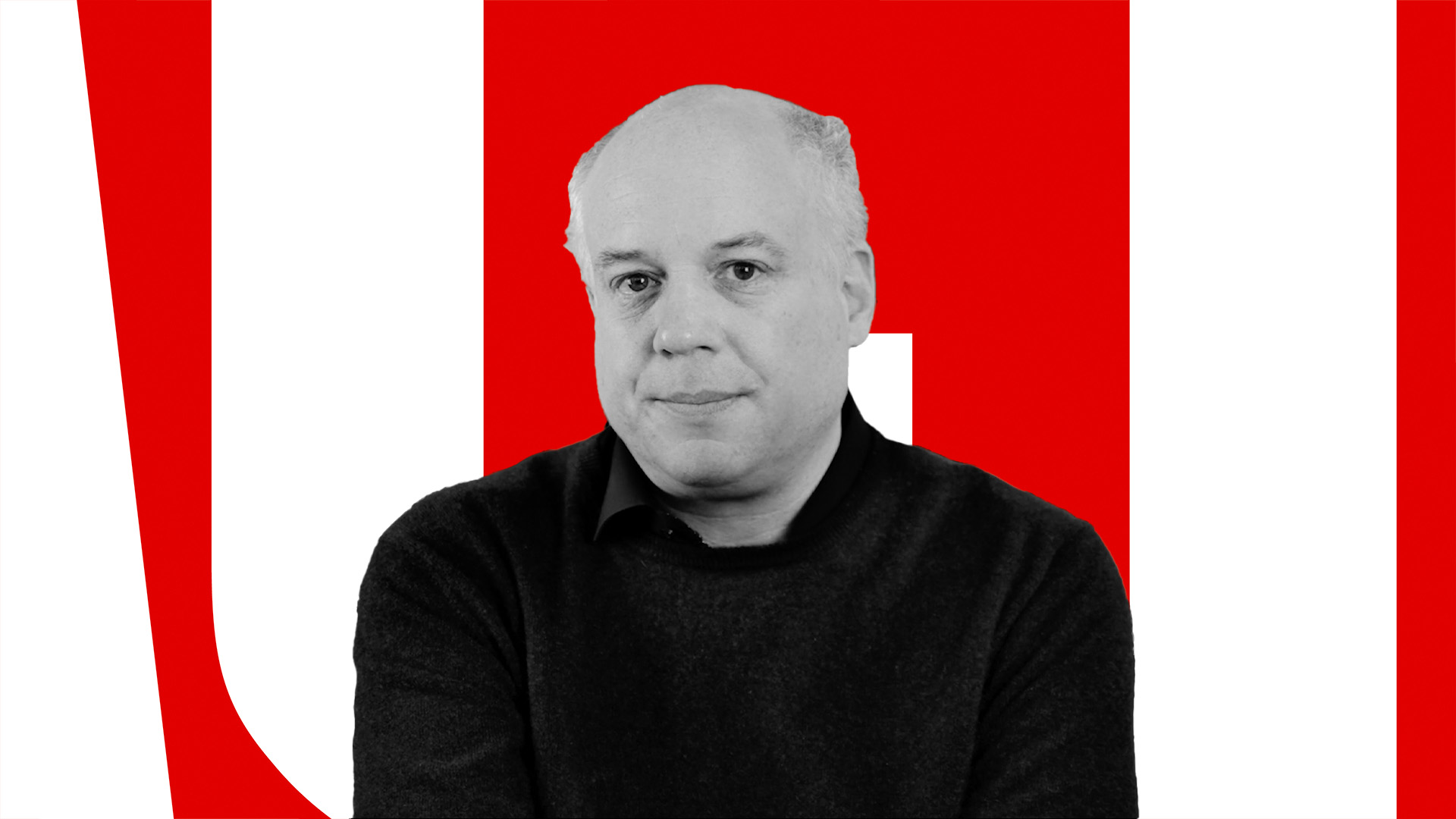
Scientific theories vs. conspiracy theories
The differences between today’s conspiracy theories and scientific theories are plain to see: while scientists gather as many facts as possible and repeatedly question their own hypotheses, conspiracy theorists “substantiate” their perspectives with only few sources and little evidence. While science is aware of the complexity of the world and therefore constantly questions and reviews its own findings, conspiracy theorists are dominated by their belief in what they think they have “discovered.”
